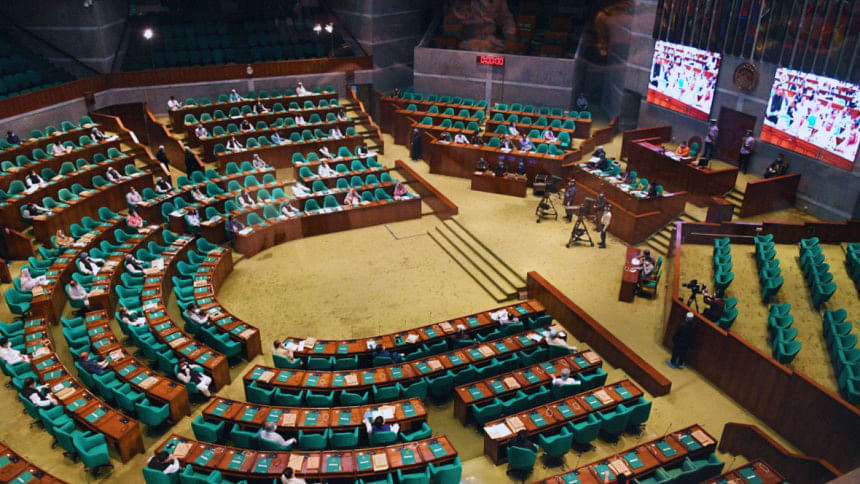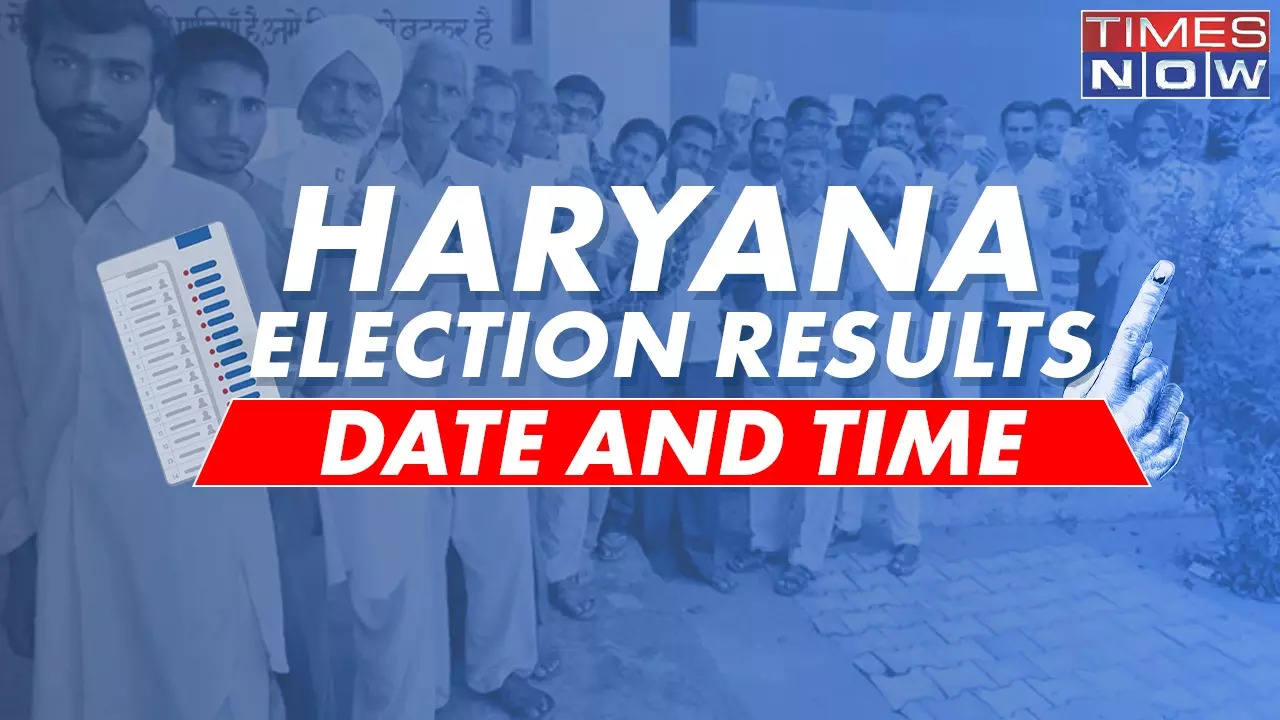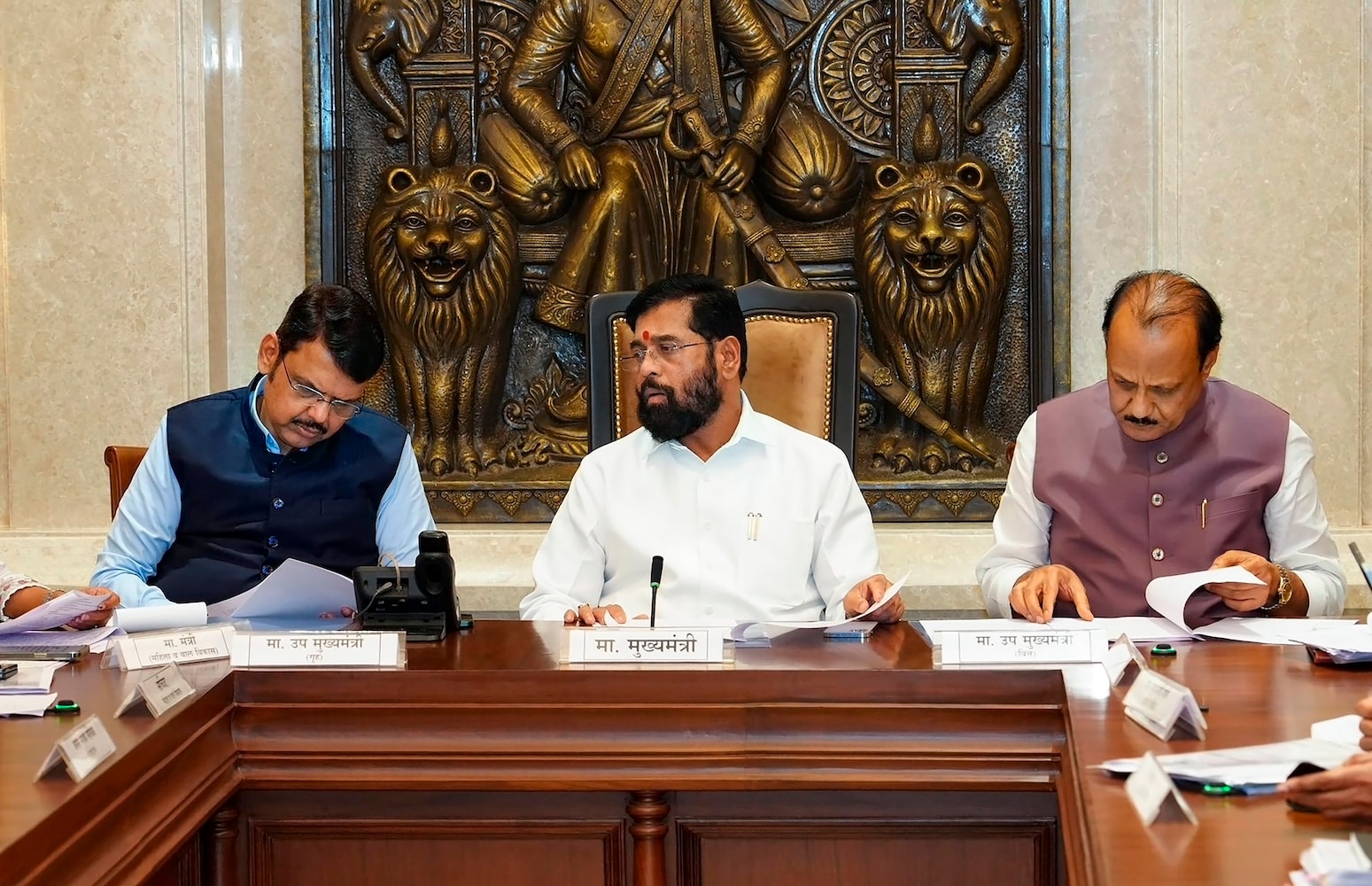
About a decade ago, the world witnessed a wave of demonstrations, protests, and civil disobedience in various Arab countries (e.g., Tunisia, Libya, Egypt, Yemen, Syria, Jordan, Bahrain, and Sudan) against ruling oppressive regimes.
These popular uprisings/movements were termed as "Arab Spring" in the Western press. Protesters described these events as "uprising" (intifada), Arab "awakening" (sahwa) and Arab "renaissance" (nahda), and "revolution" (thawra). The main force behind these demonstrations were the youths in these countries who used social media platforms (Facebook, WhatsApp, Tiktok, etc.

) to manage their revolutions. Unfortunately, in the majority of countries, the movements have failed to achieve the desired goals of the masses. Some countries even fell into civil wars.
The failure could be attributed to internal discord, absence of adequate social and political institutions, and foreign interventions. Eventually, newer brands of dictatorship replaced the old ones. The uprising that led to the fall of the Hasina government during July-August 2024 reminds me of the Arab stories.
The repression of the 15-year-rule was unbearable. The change in Bangladesh was long overdue, and someone had to trigger it, which is where our youth stepped up. They were at the forefront, as they were in 1952, 1969, 1971, and many times during the post-liberation period.
The youth/student leadership coordinated and sustained the "agitation" smartly through social media. They steered it well event by event, day by day, and hour by hour towards freedom. The movement not only removed a tyrant but also paved the way for a reformation of the nation-state.
Their strategy and tactics of managing a movement could be a good example in other countries under repressive regimes. As a nation, Bangladesh has moved from an "equilibrium" of unpopular tyranny to a transitionary "disequilibrium" of popular freedom. Now, we are working towards a "newer equilibrium" under the leadership of Professor Muhammad Yunus.
How he steers the nation to: i) manage internal discord; ii) rebuild the institutions; iii) establish people's governance; and iv) counter foreign intervention to achieve the goals of the masses will determine his government's success. We should keep in mind that the remnants of the previous administration and the counter-revolutionary forces are present with their money, syndicates, and street power. They are likely to do anything possible to undermine or destabilise the current government.
This is expected. The alleged judicial coup, Ansar revolt, some instances of labour unrest, administrative absence/boycott in police, secretariat, local administration are examples in this regard. The current government must prevail over the "destabilising forces" to succeed.
It is not the first time the people of Bangladesh have overthrown a repressive corrupt government. Every time we win over a dictatorial regime, we are delighted and feel relieved. Thinking that it is over, we begin to see light.
During the Pakistan time, we questioned the looting of wealth by 22 families. Fifty-five years later, after independence, we are again questioning the wealth of 10 times greater number of families. The 1/11 government was active against corruption but could not deliver any serious success.
We are falling into the same trap, again and again. Institutionalised corruption does not end. How do we break the cycle? Understandably, breaking the cycle would require a "reform of the state.
" Using Schumpeter's narrative, we shall have to "creatively destroy" the old modes of governance with the new ones. Recently, Chief Adviser Yunus has formed a few commissions/committees to update and suggest reforms in various sectors. We look forward to their reports and hope that they do not end up on bureaucratic shelves.
On a different note, the events, characteristics, and nature of the movement resembles the mass uprising of 1969. A principal component of that movement was the "disparity" (of wealth, etc.) between the then East and West Pakistan.
That movement also began with the students, with people from all over joining later. The mass uprising of 2024 started as a anti-discrimination quota movement by the students. The harsh response of the government, especially the "mindless killings" (as described by Mahfuz Anam ), changed the character of the movement.
It turned into an "uprising for freedom" against a repressive government. The movement should be conceptualised and named correctly so that it conveys the same meaning in multiple platforms. Whatever we call it, from an integrated marketing communication (IMC) perspective, the government and the leaders of the movement should use the same terminology consistently.
Let us stay calm, be patient, and allow the government to work. As private citizens, this is the minimum we could offer towards a newer equilibrium. Furthermore, we should not engage in destructive activities, as Asif Nazrul puts it, that would make people think that the "previous" government was better.
All sacrifices will go in vain if the current efforts fail. Dr Abu NM Waheeduzzaman is a professor of Marketing and International Business at Texas A&M University-Corpus Christi. Views expressed in this article are the author's own.
Follow The Daily Star Opinion on Facebook for the latest opinions, commentaries and analyses by experts and professionals. To contribute your article or letter to The Daily Star Opinion, see our guidelines for submission..














